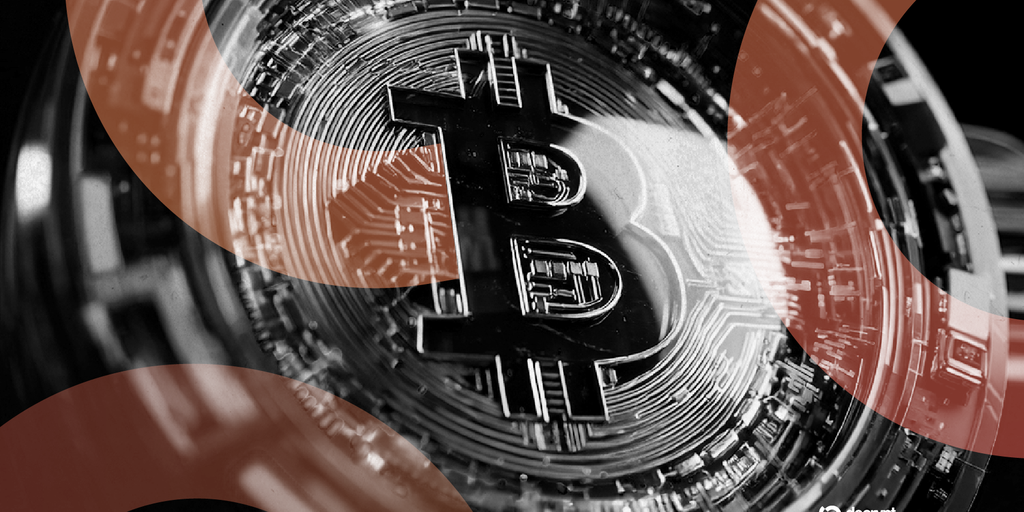Exploring the unprecedented legal move by the US to seize $14 billion in Bitcoin, associated with one of the largest cryptocurrency fraud cases, and what it means for the crypto space.
US Pursues Historic $14 Billion Bitcoin Forfeiture From Cambodian Crypto Scammer
The United States government embarks on a groundbreaking effort to seize billions worth of Bitcoin linked to an alleged crypto fraud mastermind. Here's a detailed look into the case and its implications.
Estimated Reading Time: 5 Minutes
Main Points:
- The US government aims to confiscate $14 billion in Bitcoin, linked to one of the largest global cryptocurrency fraud schemes in history.
- The accused, a Cambodian national, allegedly deceived thousands of investors via deceptive investment platforms.
- The case highlights both the risks of the crypto ecosystem and advancements in law enforcement’s ability to combat digital fraud.
- The forfeiture sets a new global precedent in terms of scale and scope for cryptocurrency crimes.
The Case at a Glance
The US government is moving forward with an extraordinary legal action aimed at confiscating $14 billion tied to cryptocurrency scams spanning multiple jurisdictions. This staggering amount underscores the escalating complexity and magnitude of crypto-related fraud in today’s financial landscape.
Authorities claim the accused individual orchestrated elaborate international scams involving fake investment platforms. These platforms lured investors with glittering promises of incredible returns, while the underlying business model was inherently unsustainable.
A notable tactic: Funds were laundered through cryptocurrency wallets to hide their origins—a technique indicative of the type of sophistication employed by modern cybercriminals.
The Pursuit of Justice
The Department of Justice (DoJ), in conjunction with the Internal Revenue Service (IRS) and additional federal entities, is spearheading this extensive operation. Equipped with advanced blockchain analytics tools, these agencies have successfully traced Bitcoin transactions back to the alleged scammer.
“This landmark action demonstrates our commitment to dismantling large-scale financial crimes and ensuring the integrity of the digital asset space,” said a spokesperson from the DoJ.
If this $14 billion seizure is successful, it will drastically surpass previous cryptocurrency forfeitures, firmly establishing the US as a global leader in rooting out crypto-related financial crimes.
A Wake-Up Call for Investors
While cryptocurrency scams are far from new, this case delivers a loud warning to investors. It highlights the importance of:
- Educating yourself: Stay informed about the projects you engage with. Avoid falling for promises of guaranteed or exaggerated returns.
- Conducting due diligence: Ensure transparency and regulatory compliance on the platforms you use.
This incident also sheds light on the increasing regulatory complexities within the crypto space. Multiple governments, including the US, are pushing for tighter oversight while simultaneously bolstering their enforcement arsenal with tools like blockchain tracing technologies.
The Bigger Picture
This case isn’t just about one fraudster—it’s a testament to the crypto industry's battle to garner public trust. In a sector marked by high rewards yet unprecedented risks, stories like these remind enthusiasts of the necessity for vigilance.
While enforcement continues to improve, the onus remains on individual users. Choosing regulated, transparent platforms can mitigate the chances of encountering fraudulent schemes.
Closing Thoughts
This $14 billion Bitcoin forfeiture could mark a turning point in the fight against cryptocurrency fraud worldwide. However, it also serves as a reminder that the expanding world of digital assets is still tightly bound with inherent risks.
The trajectory is clear: As adoption grows, so does the need for awareness, prevention, and robust regulatory frameworks. Investors must tread carefully, always balancing innovation with caution as they navigate this evolving financial frontier.


